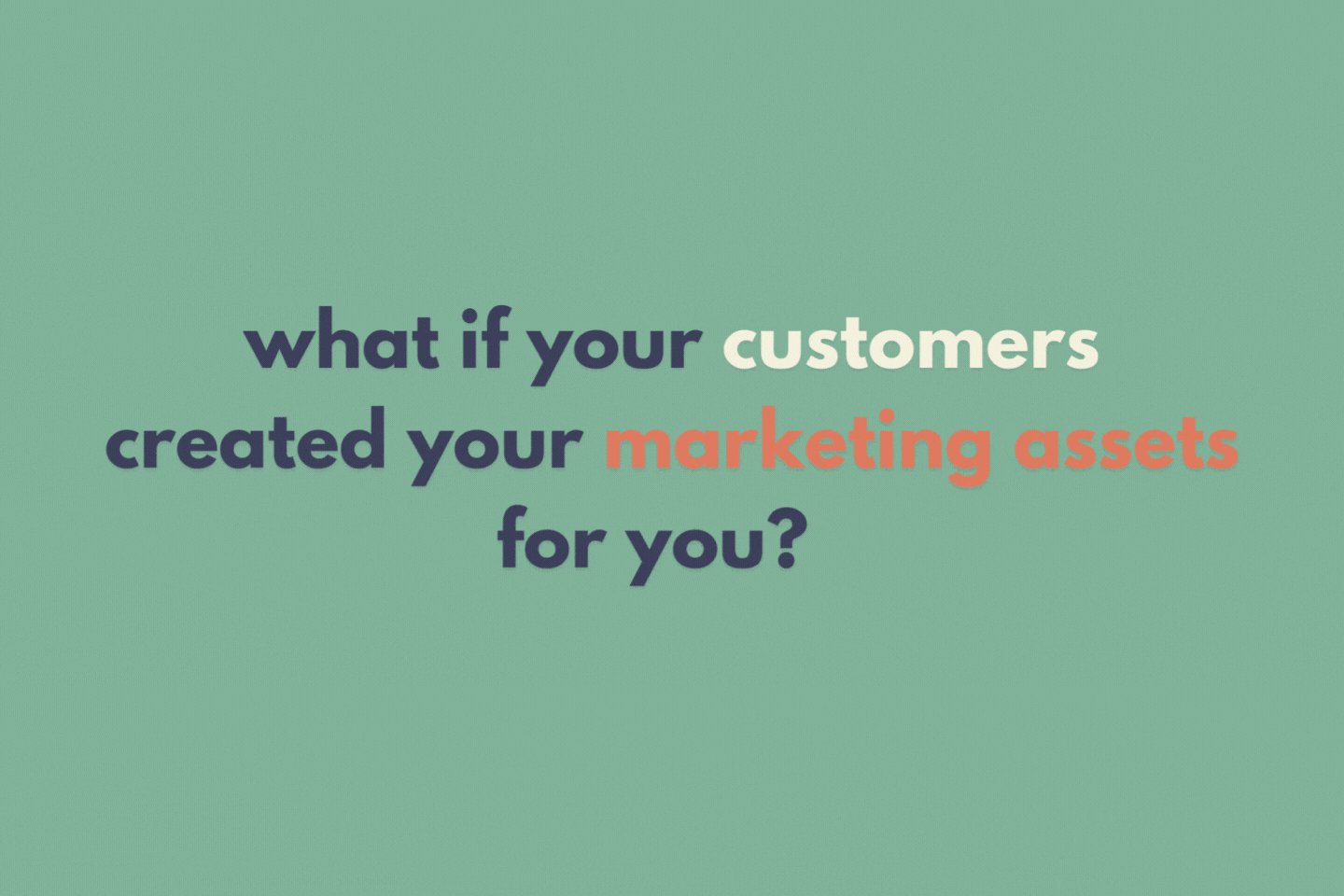How To Get CGC from ZPD (AKA content autopilot)
Here’s the 20 second version:
UGC (as we know it) is over
You probably know about CGC’s evil cousin, UGC - AKA User Generated Content. The fact that “users” or “customers” giving testimonials in a video format makes some of the most successful paid adverts shouldn’t be surprising, but nothing lasts forever. Nothing goes out of fashion faster than something corrupt (aside from governments), and with the combination of AI and the explosive growth in paid actors posing as customers, UGC’s days are numbered.
What UGC shows is that customers value other people’s insights, even if they don’t know them. Brands have been hiring actors to promote their wares for decades, but there’s an understanding that they are being paid. The trend of UGC becoming a paid service blurs this boundary significantly, and the lack of oversight will start to dampen enthusiasm and trust.
Whilst the use of AI in UGC right now is pretty comical, with terrible lip syncing and a lack of context, it will get better. At the point where it can all be faked, trust in UGC without context will be questioned and that defeats its very objective.
CGC is community generated content
Creating content via an actual community of real people adds an unquestionable level of authority and trust. It also has significant advantages in terms of responsiveness, quality and scope. With CGC you create a platform for customers and a wider, interested audience to interact with your brand, your products and your customers in a more engaging way. You have the opportunity to express your brand in a physical format through events and retail collaborations, and give your community the chance engage on a much deeper level.
For lifestyle brands the opportunity is huge, as they can tap into other communities in adjacent spaces and collaborate with people who can bring value to a community with shared interests.
As you build your community, you can reward them with incentives ranging from appreciation to compensation depending on what you’re asking for, and what you’re willing to put into the community. Objectives could range from the creation of assets and the sharing of information, to dedicating time and effort to a shared cause.
How much work is it to set-up?
You are probably collecting some Zero Party Data and building a community already, you’re just not aware of it or using the data efficiently.
If you have reviews set-up on your website, running an influencer program and collecting some UGC then you’re on your way to building that community. Your Instagram account is a great place to start, you just need to use some social listening tools to connect them to other data points in your business. For instance, how many of them are customers?
You could have an army of happy customers, pre-seeded with product, commenting on your posts and happy to share their experiences with a significant following if you only asked in the right way.
Your first steps in community building should map out the assets you have, your longer-term objectives and the next steps take. Every business is different, and no communities should look the same - you need to start collecting data from your audience and building up a detailed picture of what will be of value to them.
So far from being a time drain, community building should add value to your business at every step. You could decide to invest more and build it faster to extract more value in the short-term, but this is a bonfire, not a fireworks display.
Give me some examples
At LATITUDE we are helping businesses build out their communities in different ways, depending on their objectives.
We always start with implementing zero party data capture for sign-up forms, post-purchase surveys & optimise the reviews experience to gather more testimonials. These are fast and fundamental steps that provide a rich stream of information that can often provide immediate commercial value.
It’s important to activate a communication tool, normally email as a priority, that can be used to communicate with community and automate some of the interactions. However, be open to SMS or other channels depending on where your community is most active - you need to reduce friction to a minimum for maximum participation, and over time you’ll communicate with different members depending on their preferences.
A landing page is a key part of the communication to your community - it enables potential candidates to opt-in and clearly explains the expectations and benefits from the outset.
From here, the next steps in the community can take different forms, here are some examples of communities we are working on:
Incentivising customers to provide a steady stream of content
Activating a network of ambassadors to achieve specific aims
Developing a platform to seed customer-to-customer interactions
The wrap
UGC is one member of the whole CGC family, alongside your ambassador program and post-purchase customer communications. The objective of community building is to bring it all together into a power customer reacquisition tool that enables the generation of content by your community, ideally voluntarily.
There are many aspects to consider in how best to resource and manage the community, but every initial action should improve efficiency and operations because you are simply refining and refocusing what you are already doing.
As you add the first steps in ZPD collection the results will be immediately apparent, giving you confidence and additional resources to continue to build up your community strategy.
Contact Us to arrange a call or follow us for more resources and insights on growing your community.

